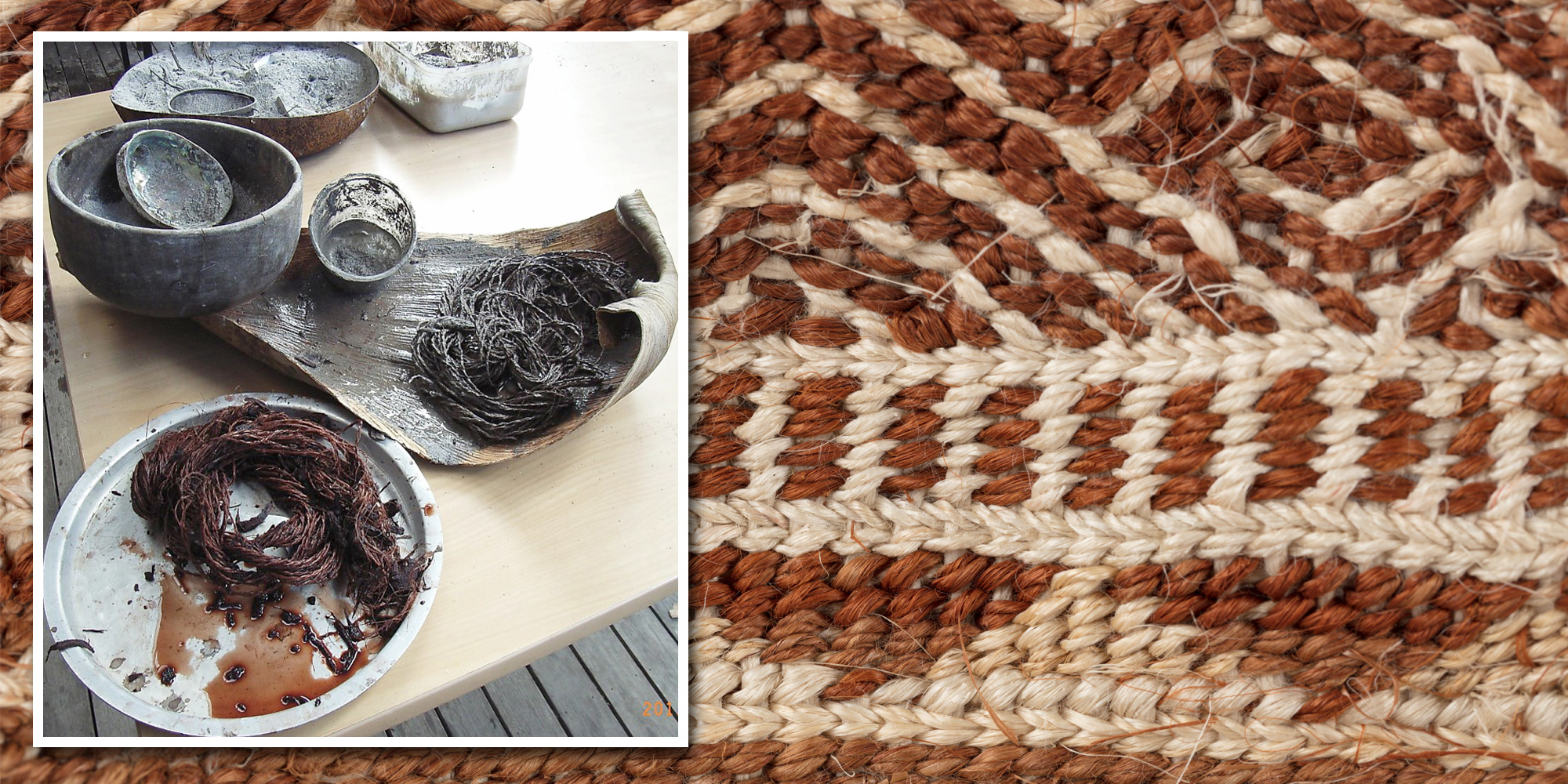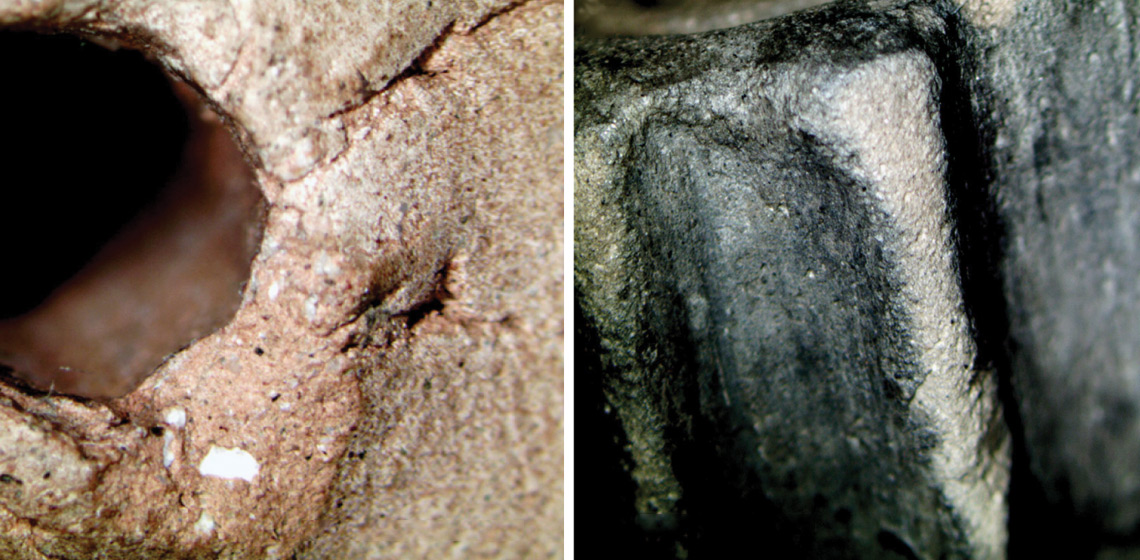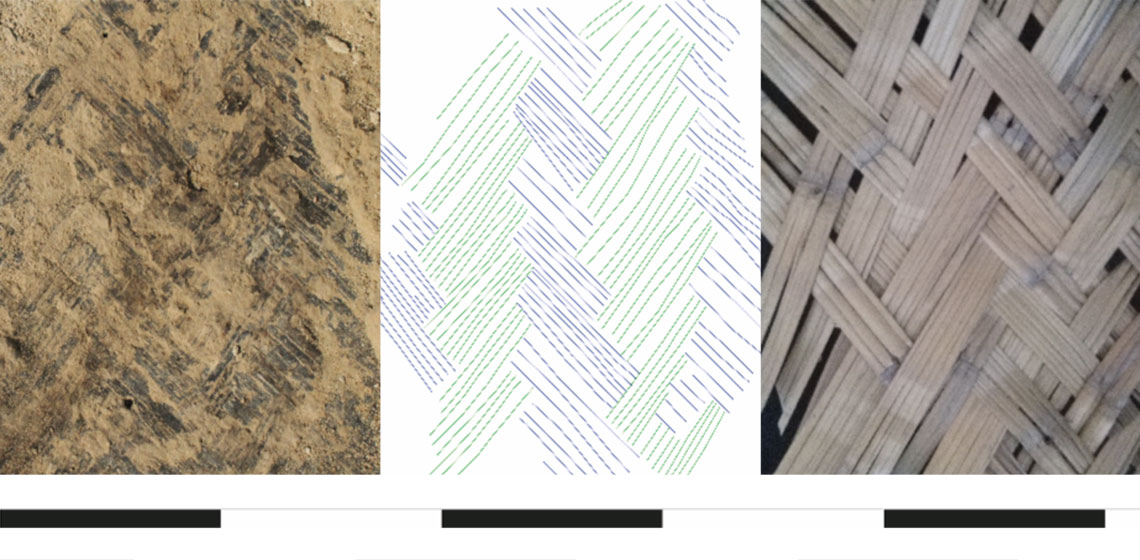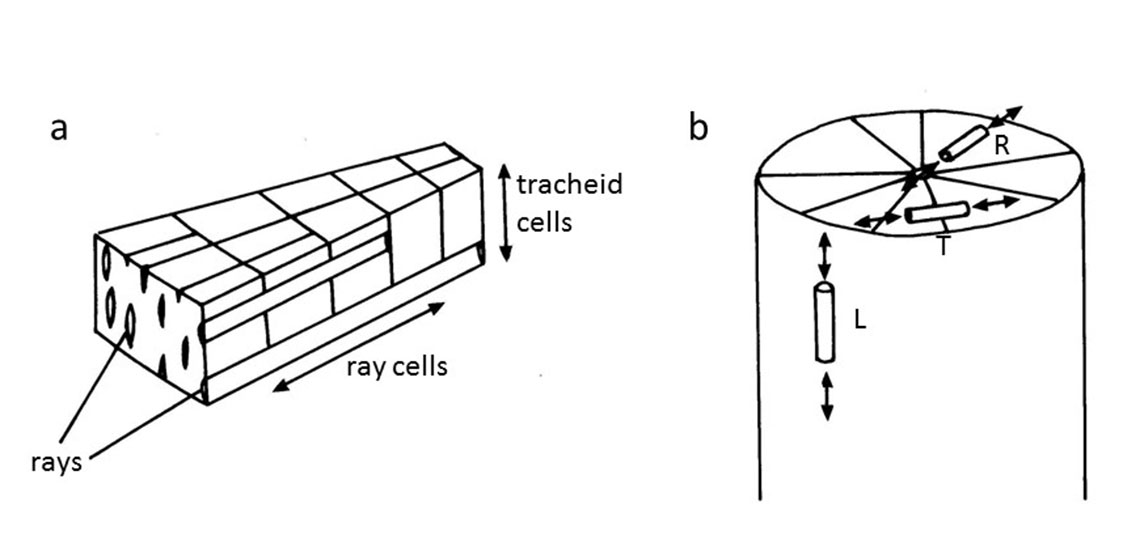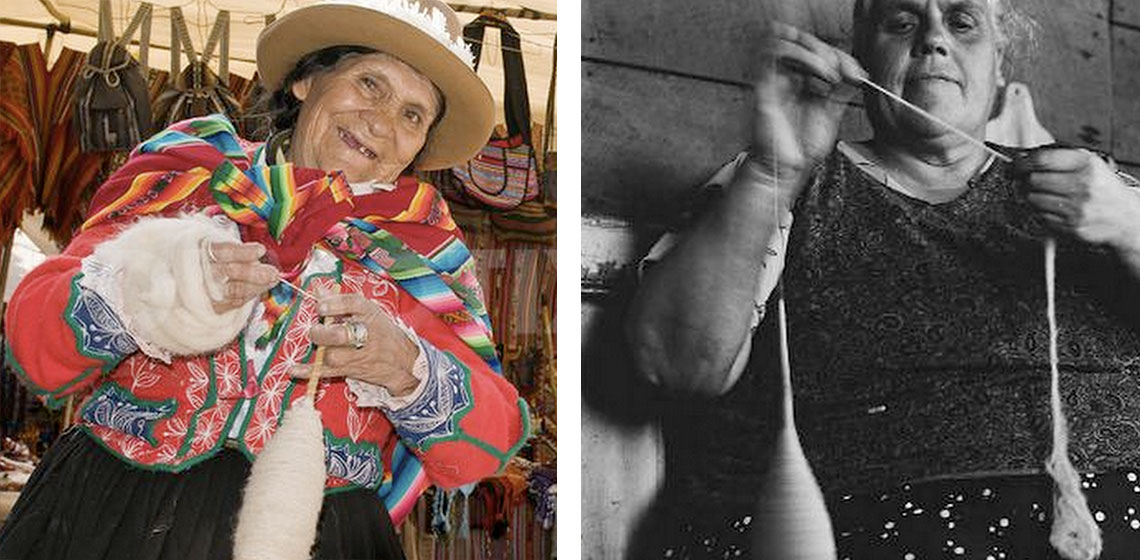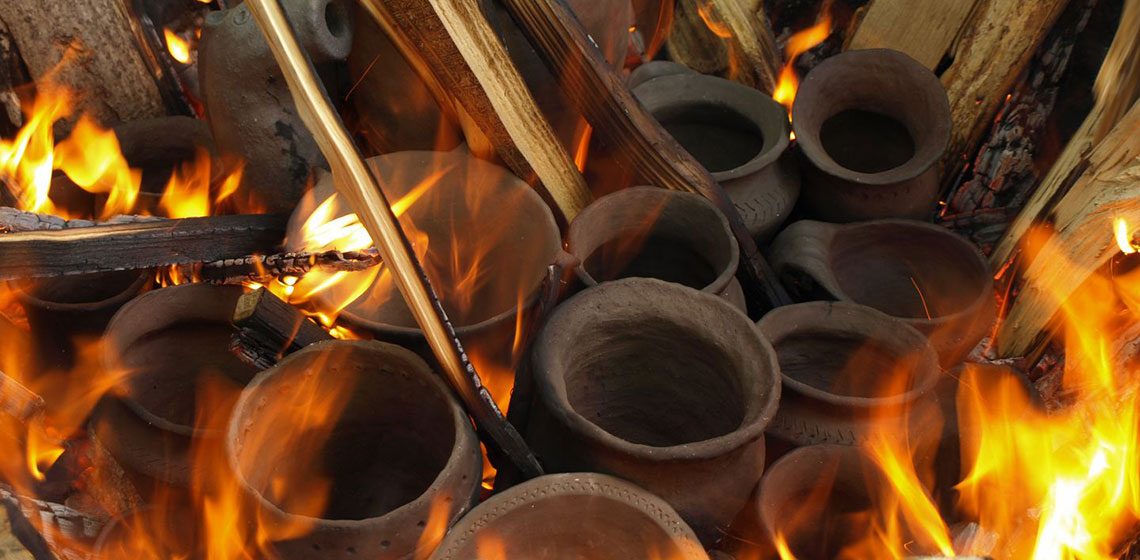fibre
Flax Fibre Extraction Techniques in the Late Middle Ages
Replication of a Maori Ethnographic Textile Hem Border Pattern
***Replication of archaeological and ethnographic Māori textiles, under the direction of customary knowledge and previous practical experience, can provide a more nuanced understanding of the manufacture of taonga (treasures) made from fibre materials. A case study is presented here from the unique perspective of a weaver who...
The Contribution of Experimental Archaeology in Addressing the Analysis of Residues on Spindle-Whorls
***This contribution focuses on residues developing on spindle-whorls during spinning. Such a kind of tools is largely diffused in archaeological contexts where spindle-whorls were used in textile activities or deposited in burials as grave goods. Scholars recently approached...
Vegetable Plaiting Materials from the Site of Abu Tbeirah (Southern Iraq, Third Millennium BC): Experimental Approach
The Mechanics of Splitting Wood and the Design of Neolithic Woodworking Tools
Fibre
A fine thread which can be made into textiles.
Variables and Assumptions in Modern Interpretation of Ancient Spinning Technique and Technology Through Archaeological Experimentation
Results of a Discussion on the State of Experimental Archaeology in Switzerland
How do you make linen out of flax (NL)?
Flax is an annual plant which grows to 60 - 100 cms. The length of the plant is important because it equals the length of the fibres. The plant blossoms with white or light blue flowers. After the blossoming, small seed boxes remain...



